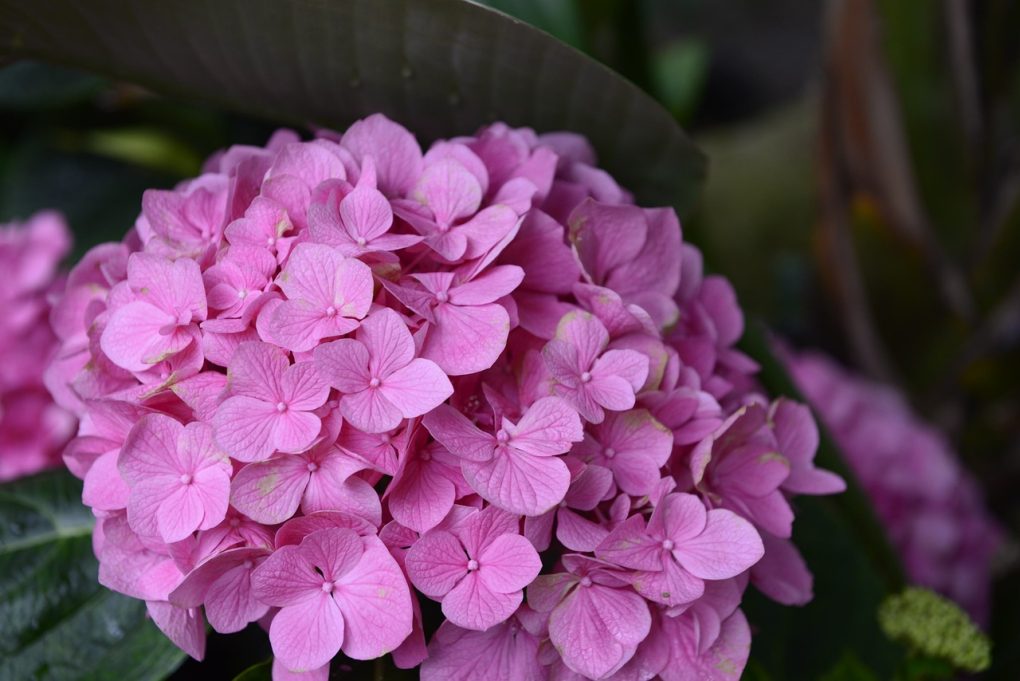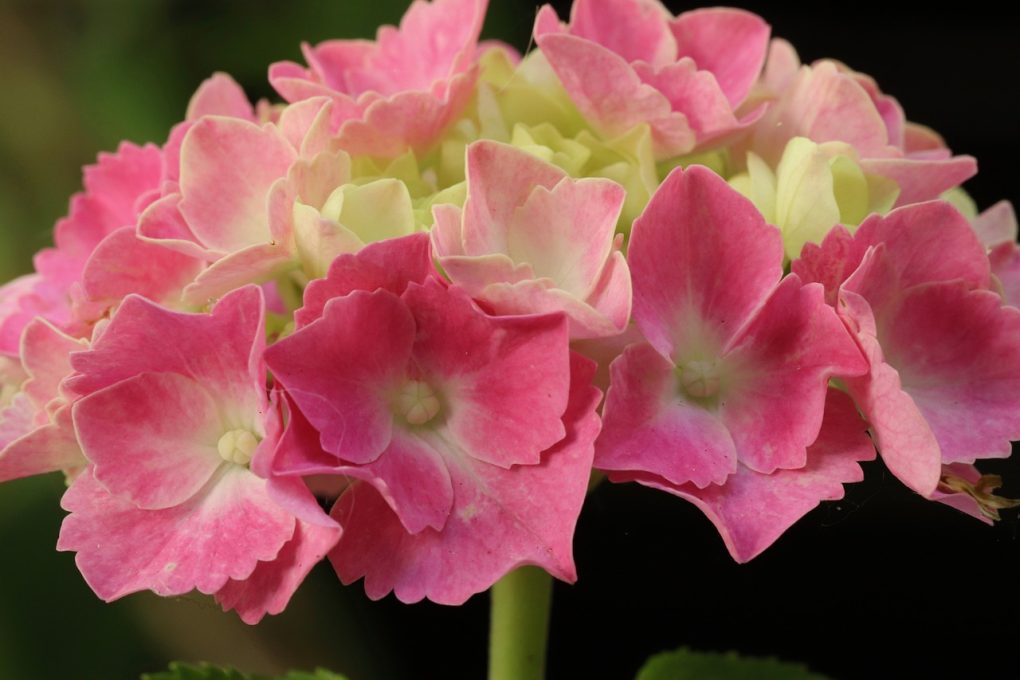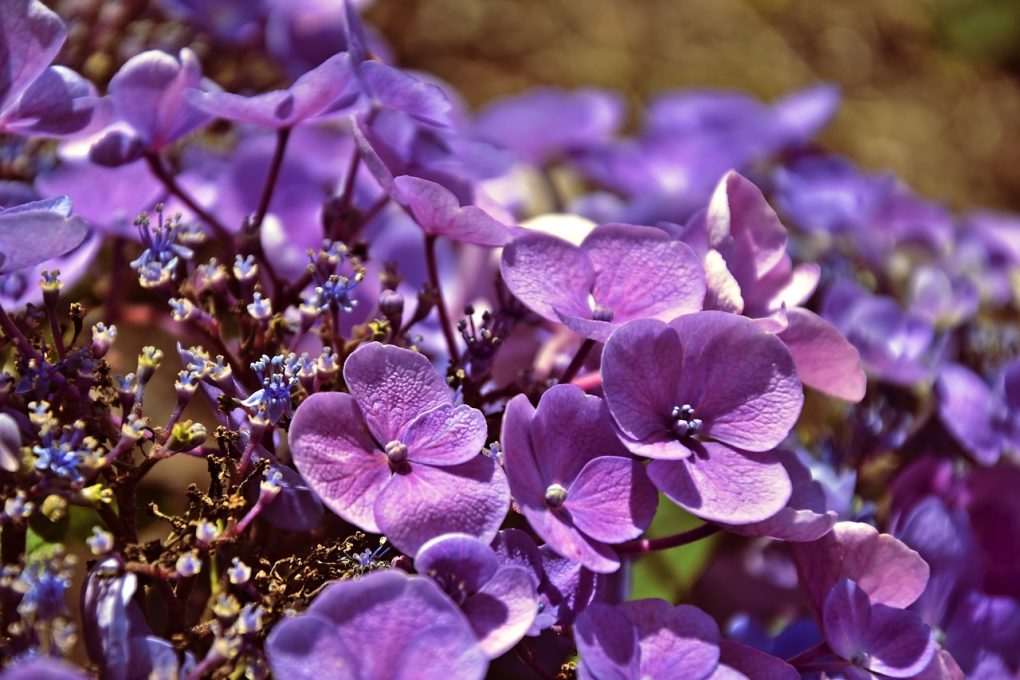Do Hydrangeas Grow in Texas? Here’s What You Need to Know
Hydrangeas are beautiful and popular flowers known for their large and showy blooms. They are often associated with cooler climates, leaving many Texas gardeners wondering if they can grow hydrangeas in their hot and dry climate.

Hydrangeas can grow in Texas. However, growing hydrangeas successfully in Texas requires extra care and attention. Hydrangeas are known to be a bit picky and require specific growing conditions to thrive, but with the right preparation and care, it is possible to grow beautiful hydrangeas in Texas.
Table of Contents
Growing Hydrangeas in Texas

Hydrangeas are beautiful flowering shrubs popular in many parts of the United States. If you live in Texas, you may wonder if hydrangeas can grow in your area. The good news is that many types of hydrangeas can thrive in Texas if you choose the right variety and provide the right growing conditions. Here are some tips for growing hydrangeas in Texas:
Soil Requirements
Hydrangeas prefer well-drained soil that is rich in organic matter. In Texas, the soil is generally alkaline, so you may need to adjust the pH level to make it more acidic. You can do this by adding sulfur or peat moss to the soil. Hydrangeas also need plenty of space to grow, so plant them at least 3 feet apart.
Watering Needs
Hydrangeas are thirsty plants, so water them regularly, especially during hot, dry weather. A good rule of thumb is to water deeply once a week, or more often if the soil is dry. Do not overwater, as it can result in root rot. In order to retain moisture, mulch the base of the plant.
Sunlight Requirements
Hydrangeas prefer partial shade, especially in the afternoon when the sun is hottest. In Texas, you may need to provide shade during the hottest part of the day to prevent the leaves from wilting. You can also plant hydrangeas on your house’s east or north side to provide some natural shade.
Fertilization
Hydrangeas benefit from regular fertilization, especially during the growing season. You can use a balanced fertilizer high in phosphorus to promote blooming. However, be careful not to over-fertilize, as this can lead to excessive foliage growth at the expense of blooms.
Pruning and Maintenance
Hydrangeas require minimal pruning, but you may need to remove dead or damaged branches to promote healthy growth. You can also prune back the branches in the fall to prepare the plant for winter. In addition, you should remove spent blooms to encourage new growth and prevent disease.
Hydrangea Varieties for Texas

Endless Summer Hydrangeas
Endless Summer Hydrangeas are a great choice for Texas gardeners. These hydrangeas bloom on both old and new growth, making them more reliable than some other varieties. They are also known for their ability to change colors throughout the season, from pink to blue to purple. Endless Summer Hydrangeas prefer moist, well-drained soil and partial shade.
Annabelle Hydrangeas
Annabelle Hydrangeas are another great choice for Texas gardeners. These hydrangeas are known for their large, round blooms that start green and turn white as they mature. They are also very hardy and can withstand both heat and cold. Annabelle Hydrangeas prefer moist, well-drained soil and partial shade.
Limelight Hydrangeas
Limelight Hydrangeas are a popular choice for Texas gardeners. These hydrangeas are known for their large, cone-shaped blooms that start green and turn pink as they mature. They are also very hardy and can withstand both heat and cold. Limelight Hydrangeas prefer well-drained soil and full sun to partial shade.
Incrediball Hydrangeas
Incrediball Hydrangeas are a newer variety that is becoming increasingly popular in Texas. These hydrangeas are known for their large, round blooms that can reach up to 12 inches in diameter. They are also very hardy and can withstand both heat and cold. Incrediball Hydrangeas prefer well-drained soil and full sun to partial shade.
